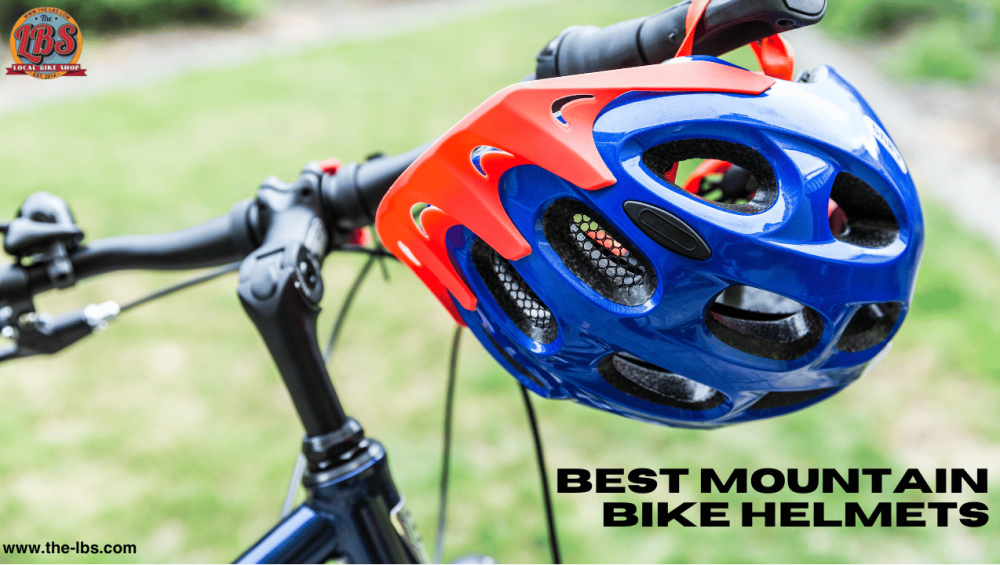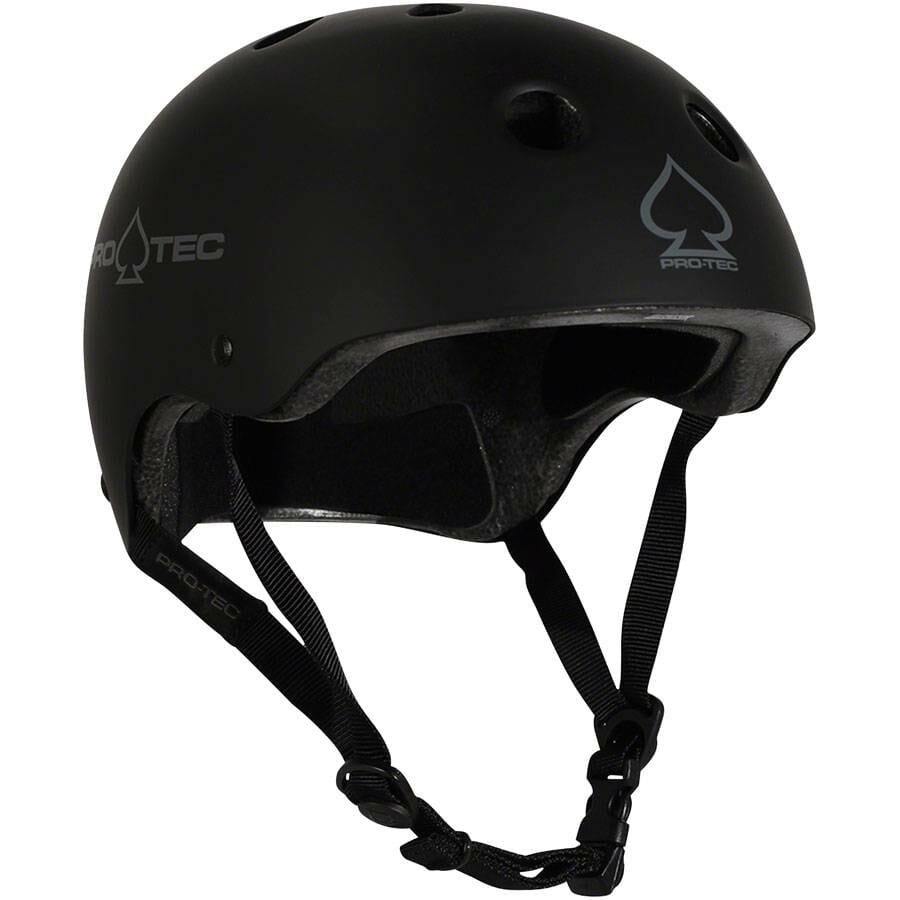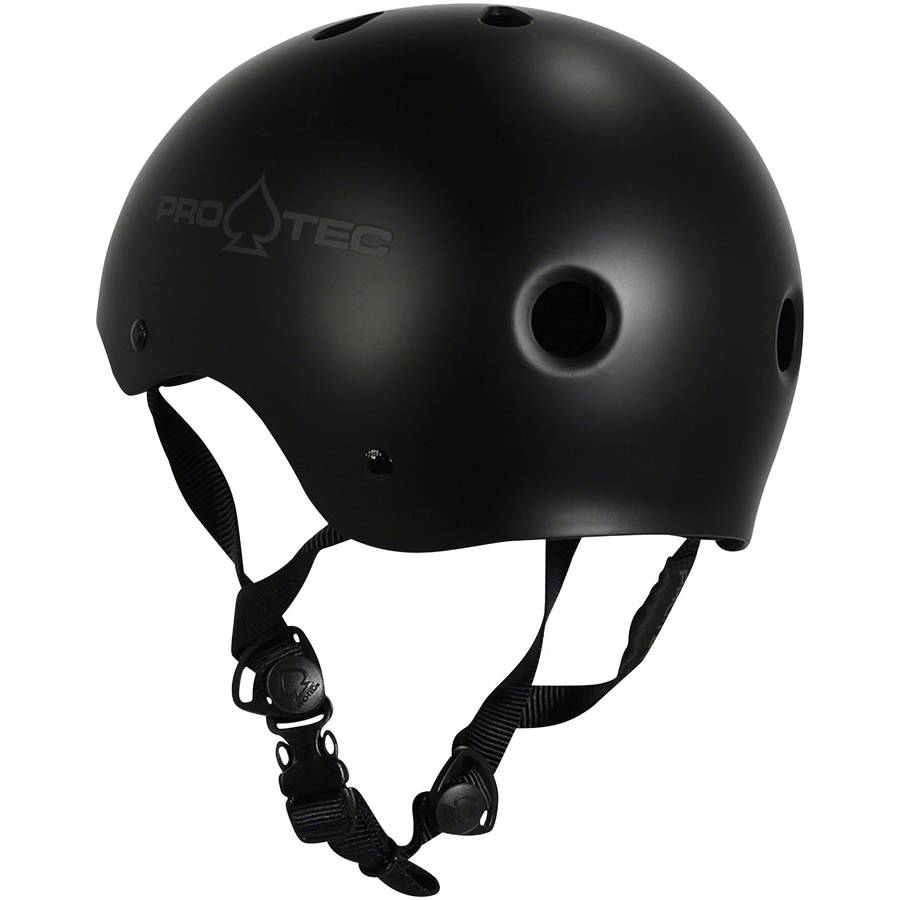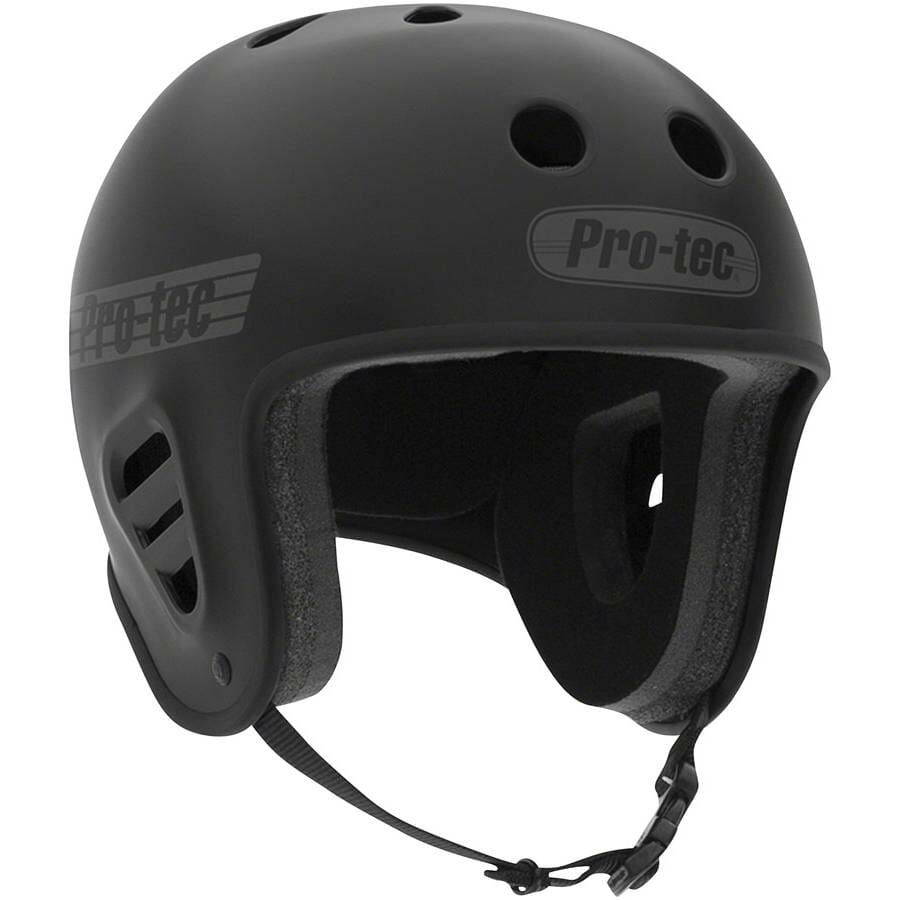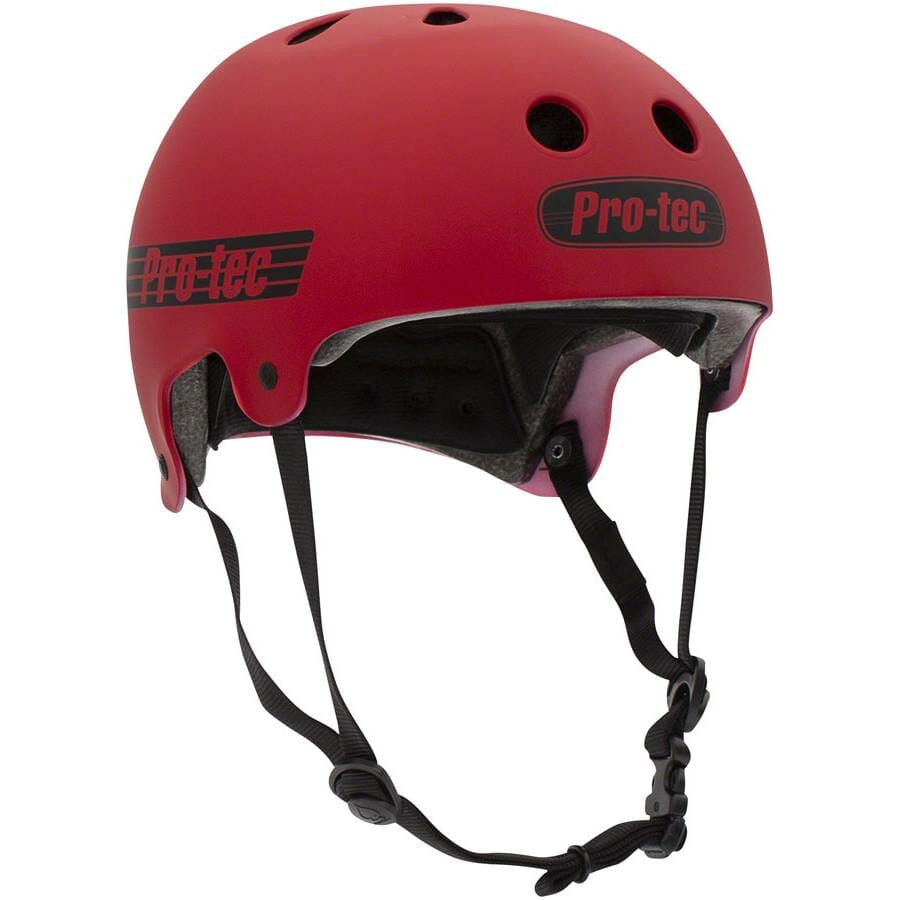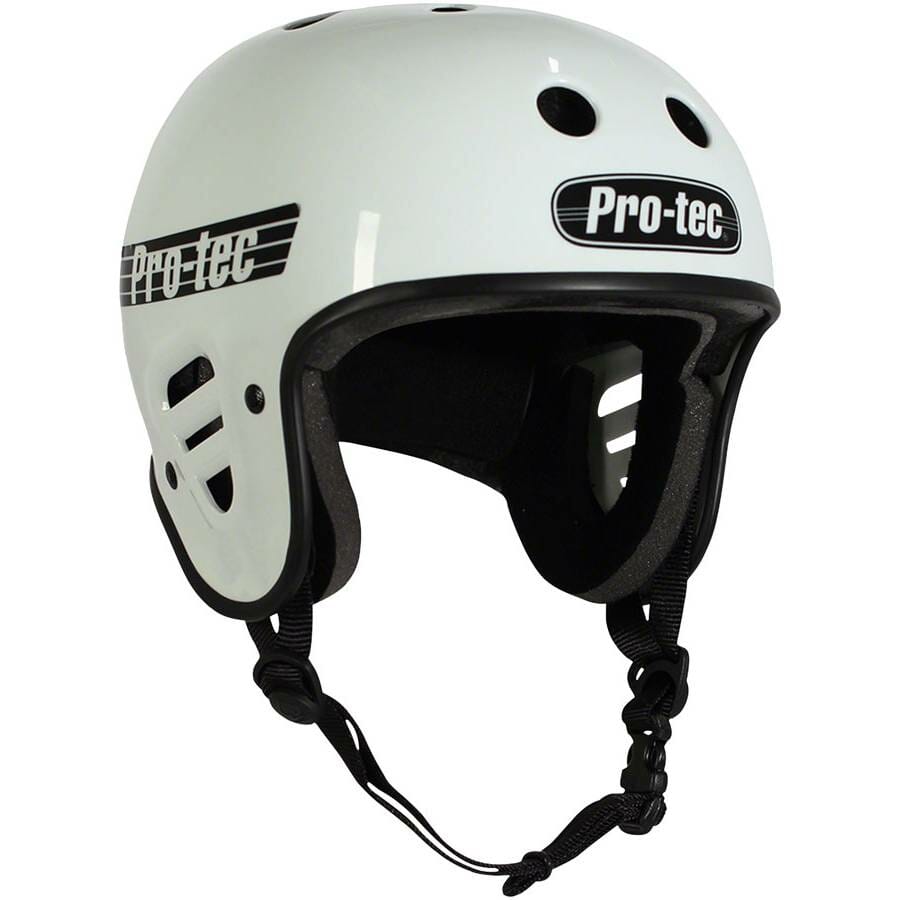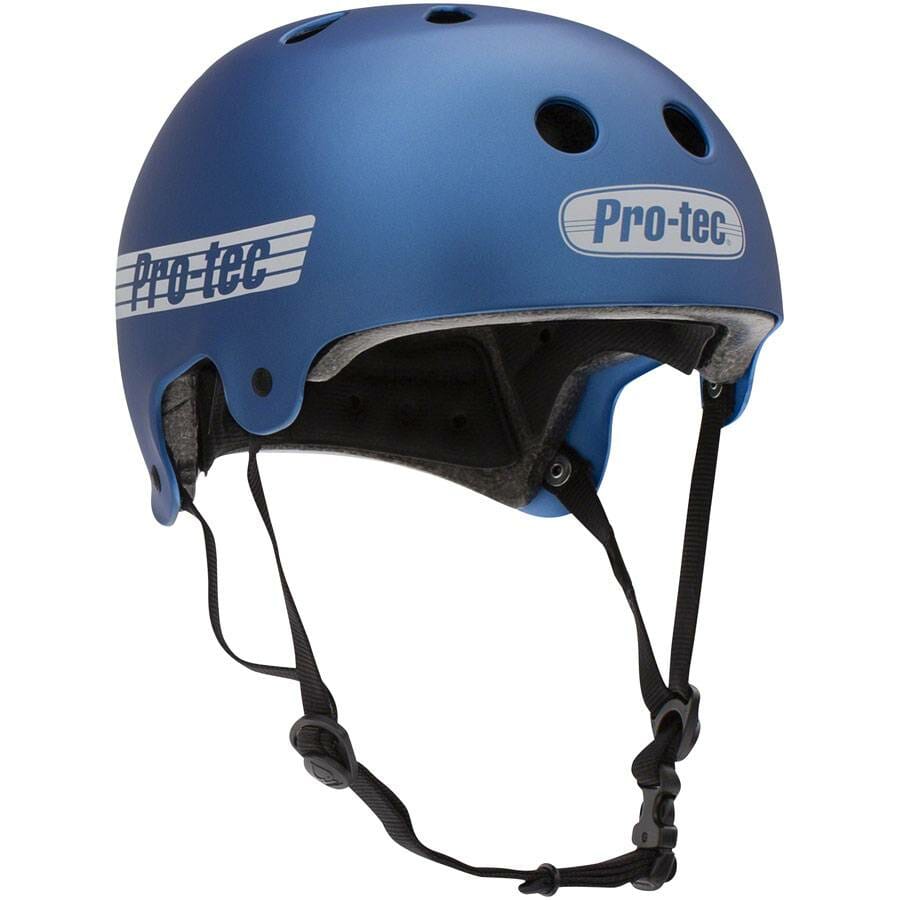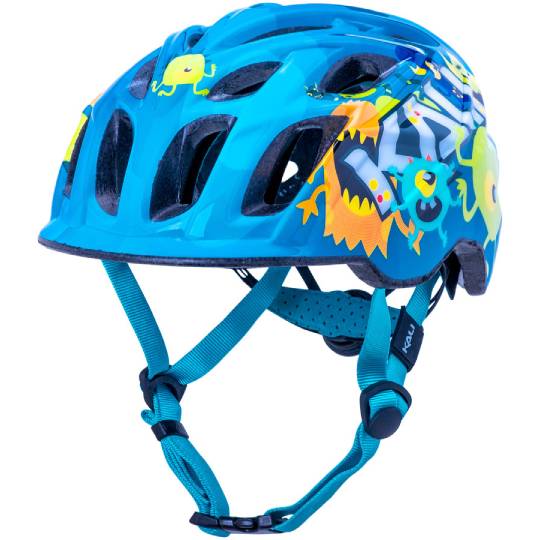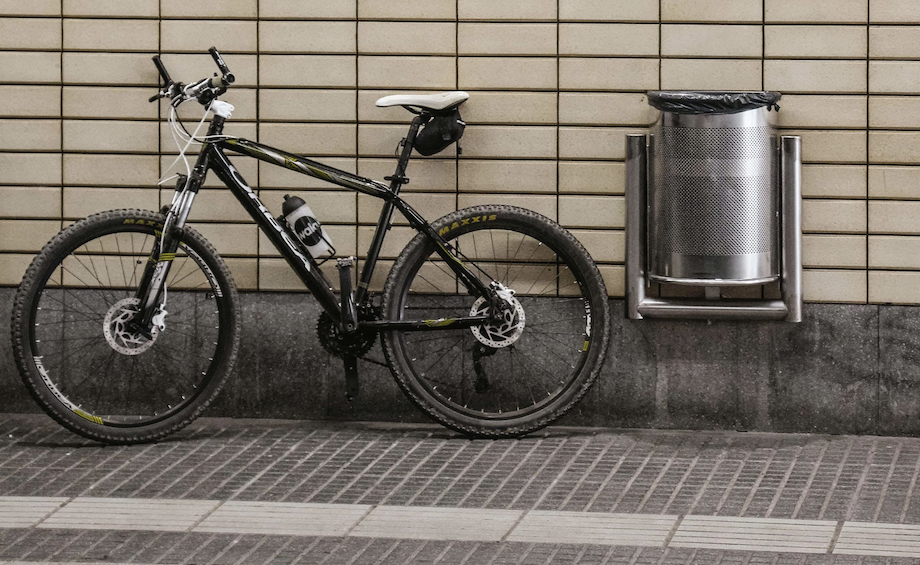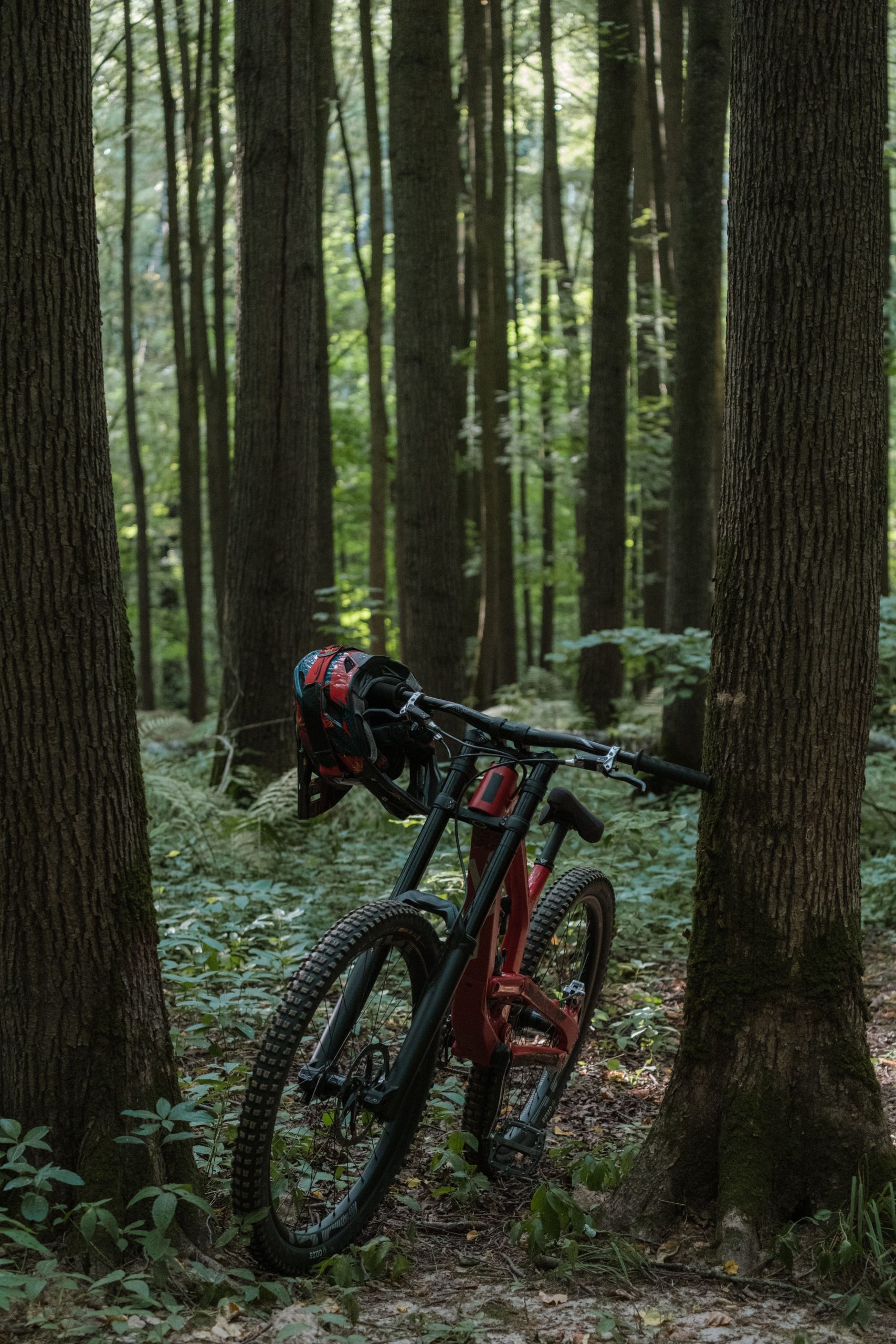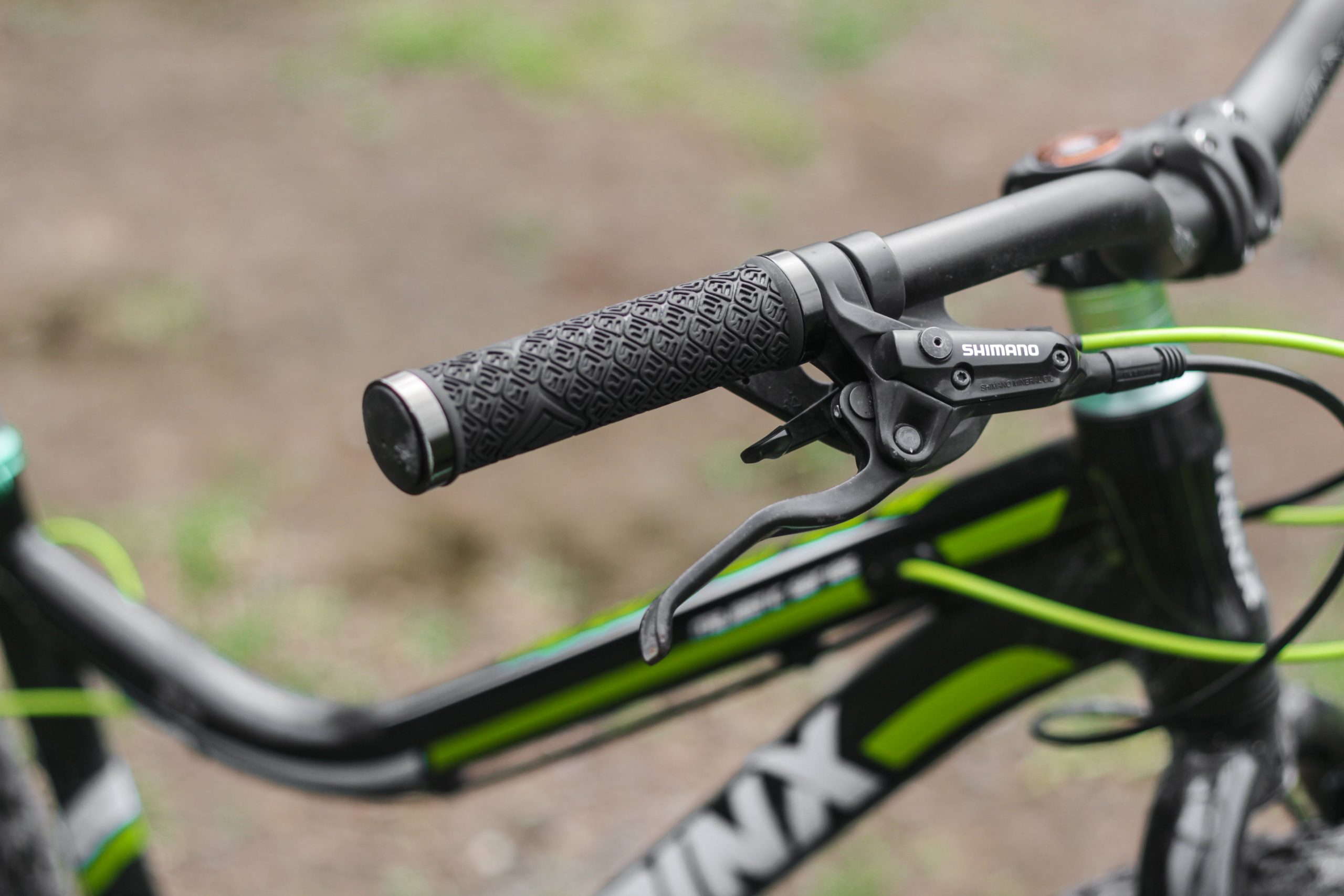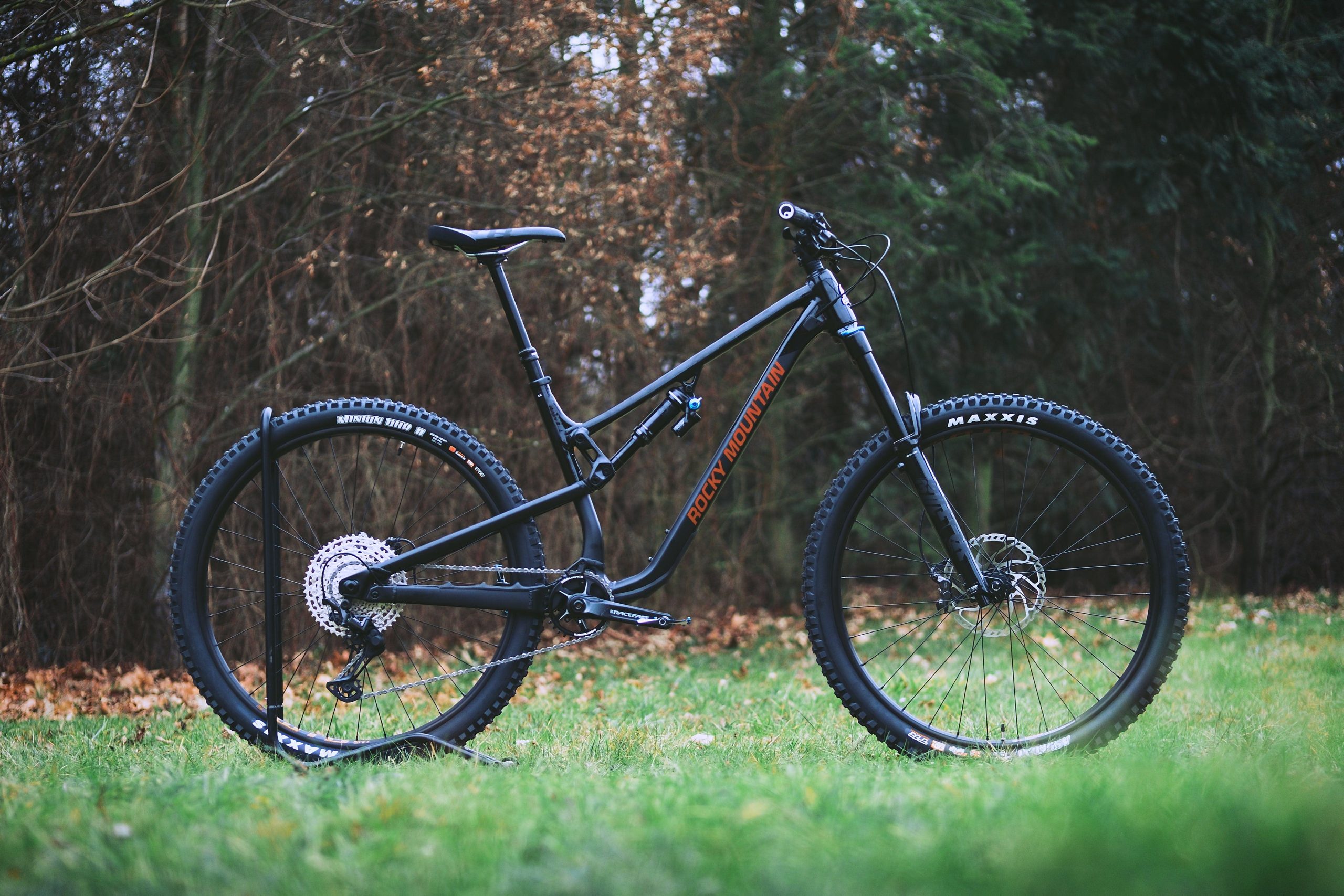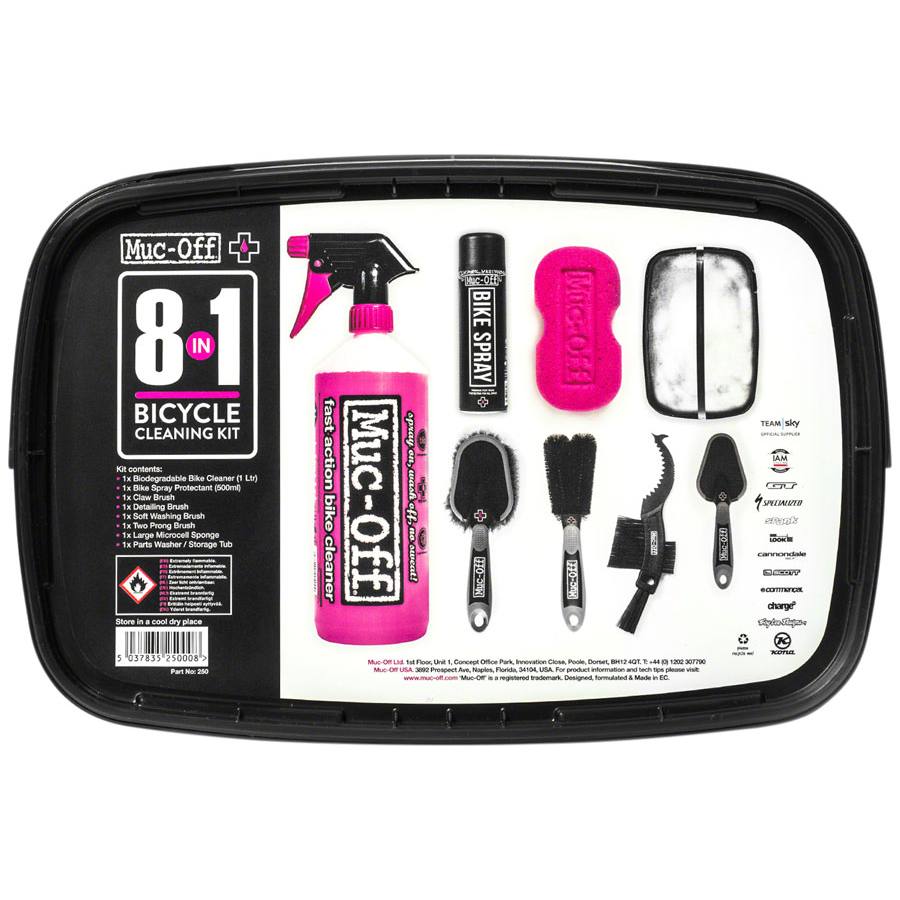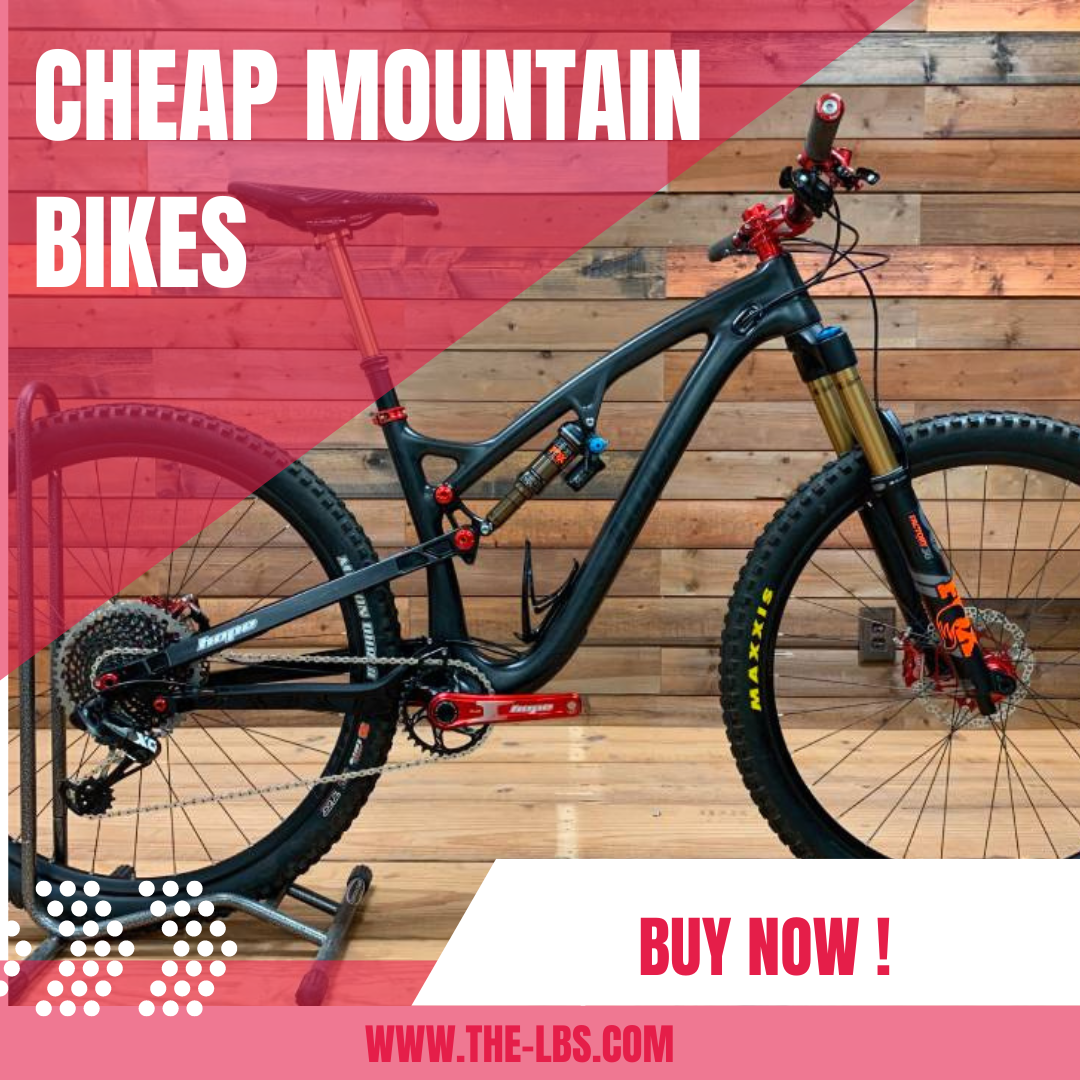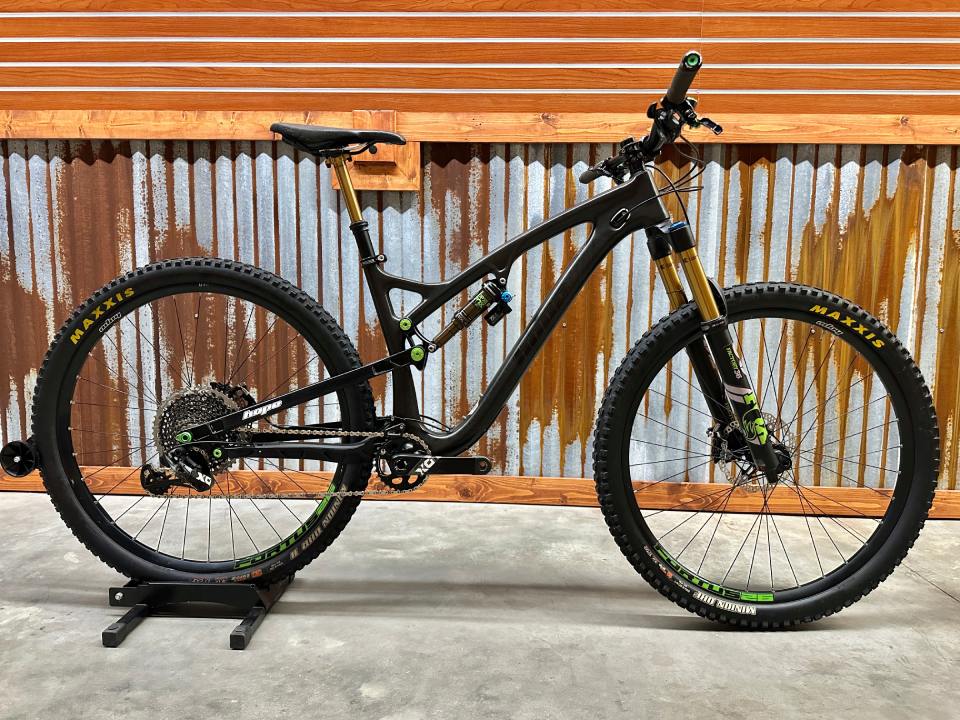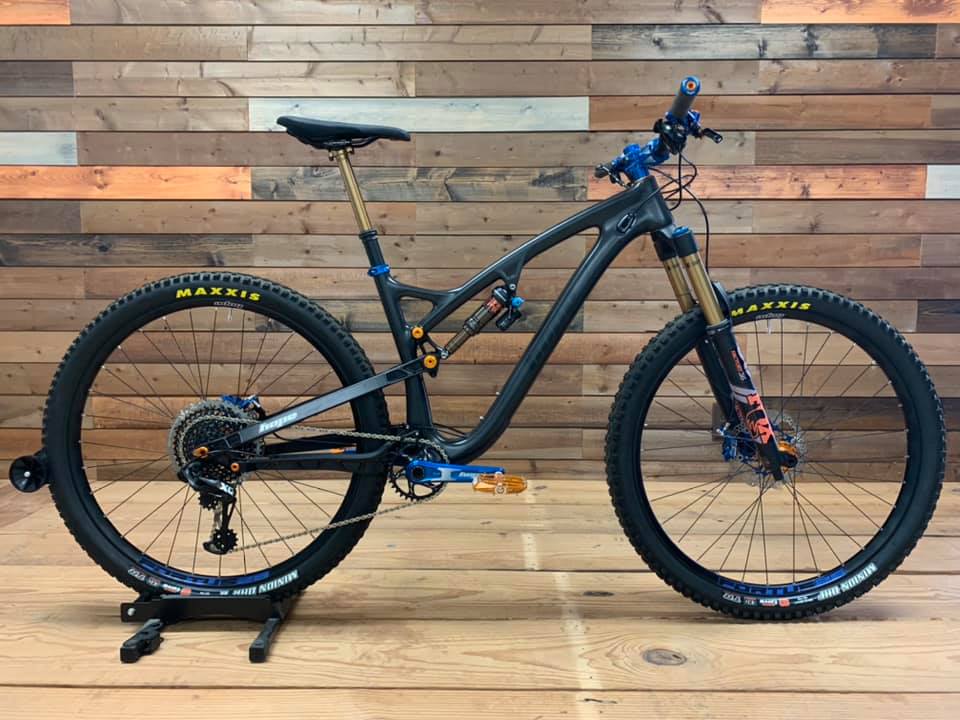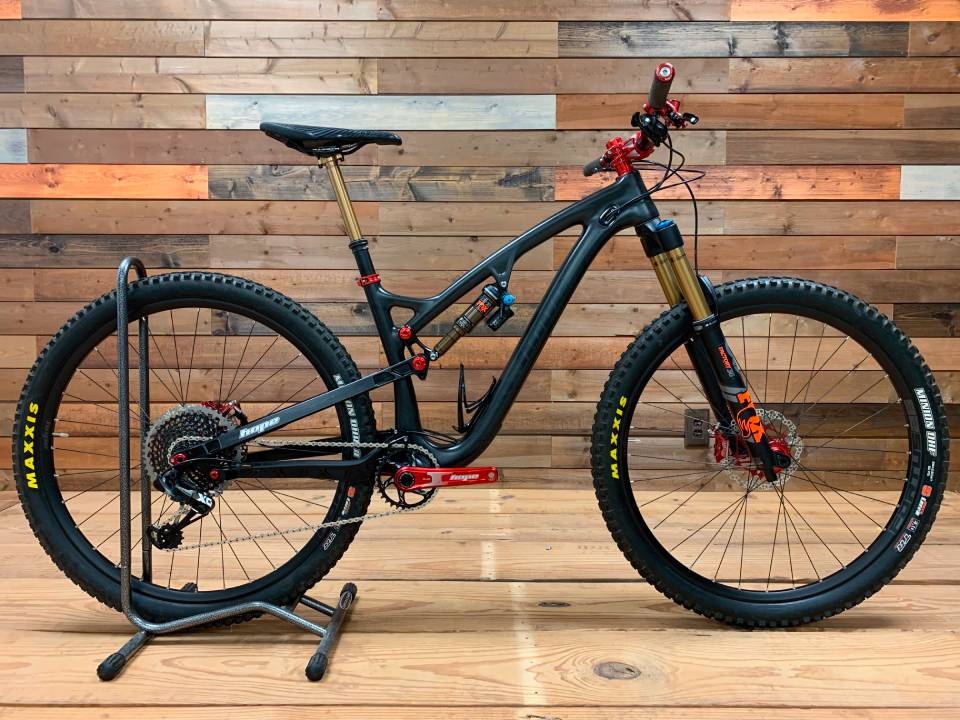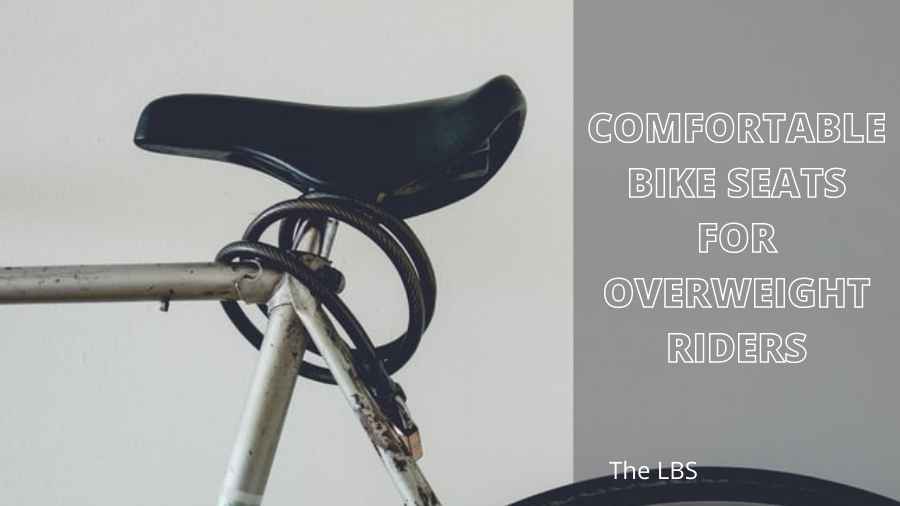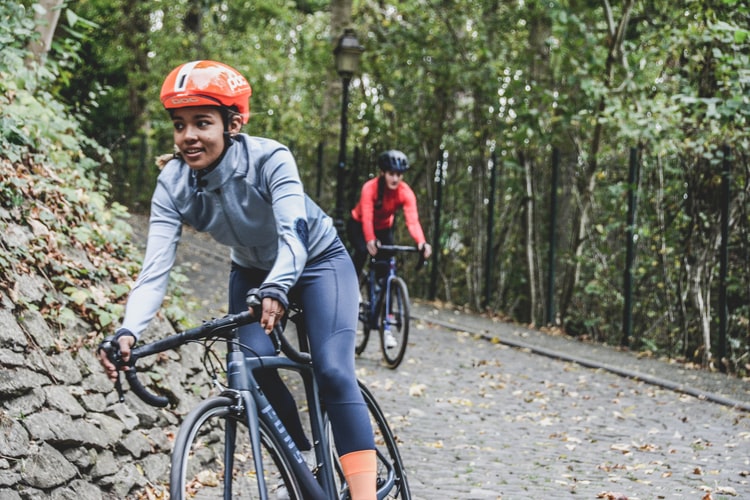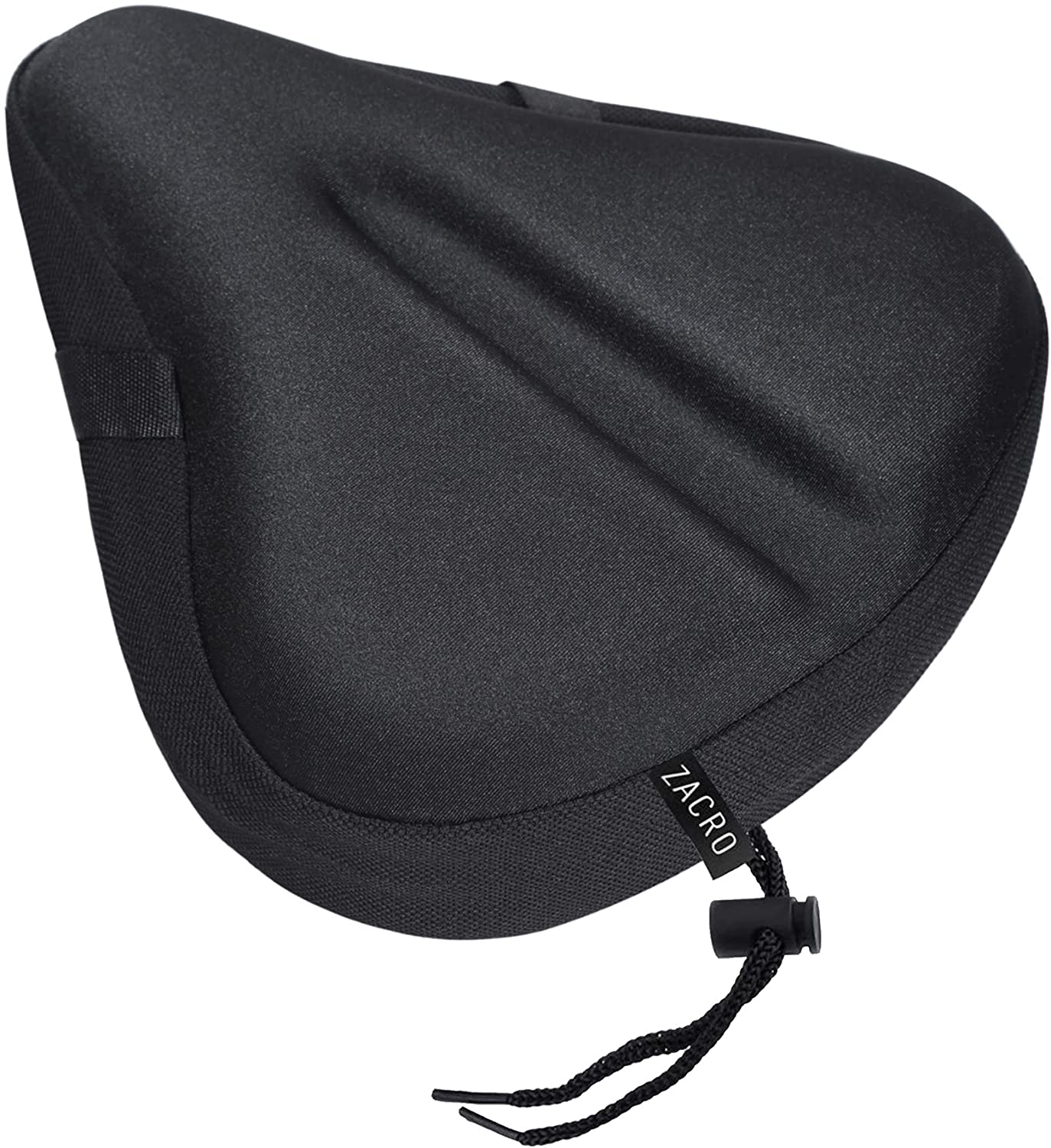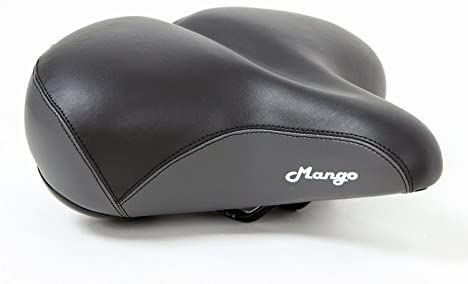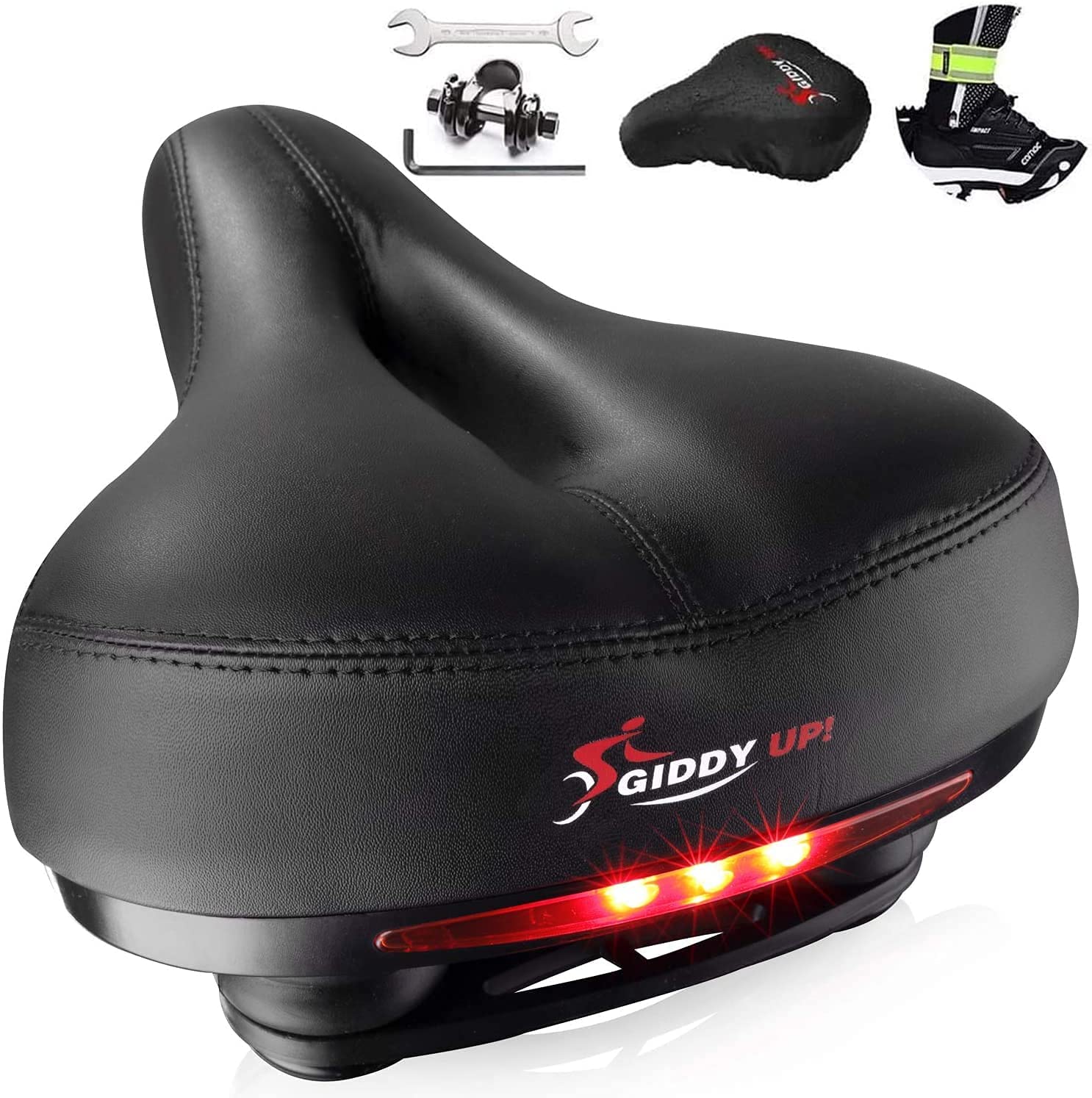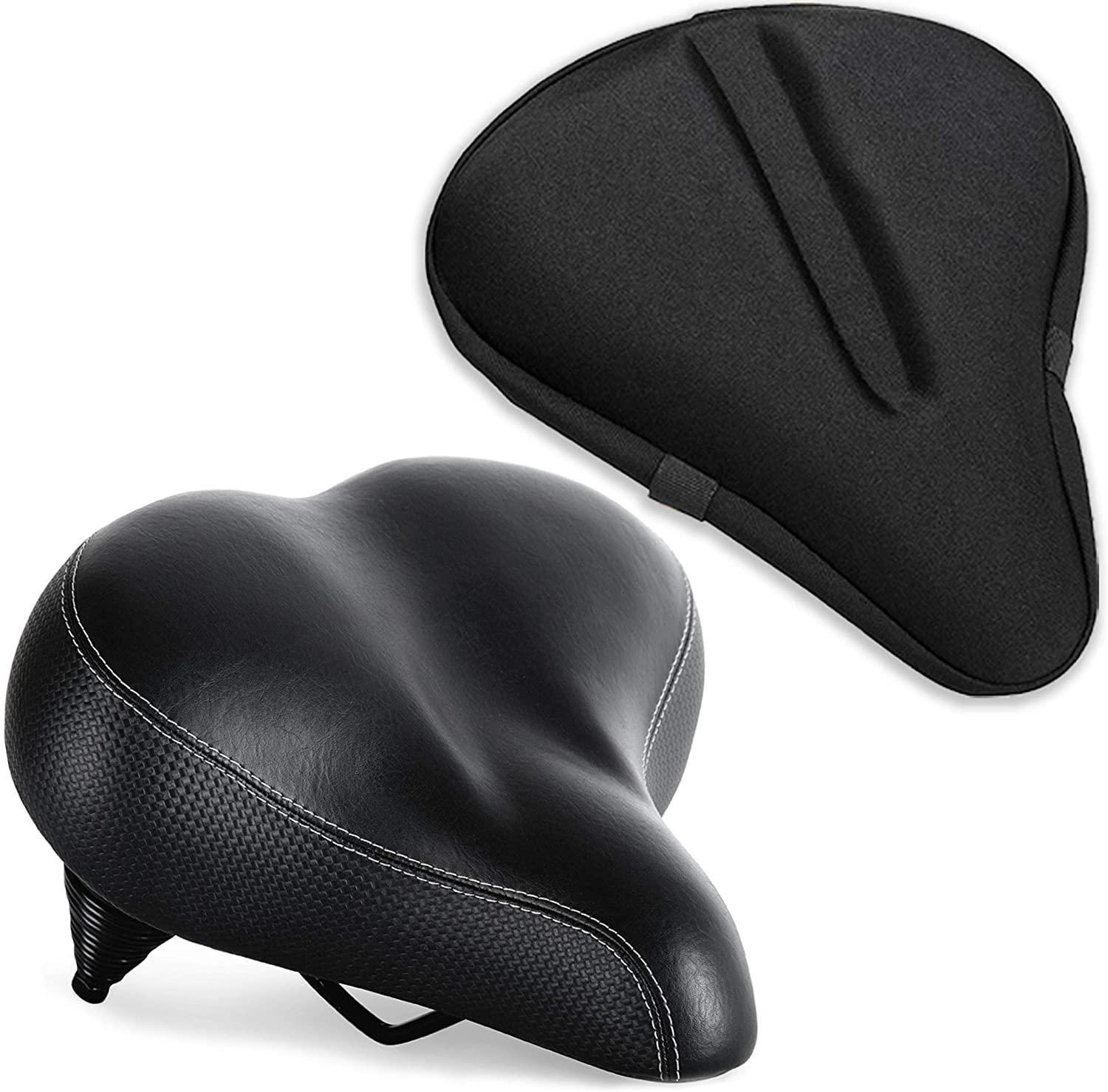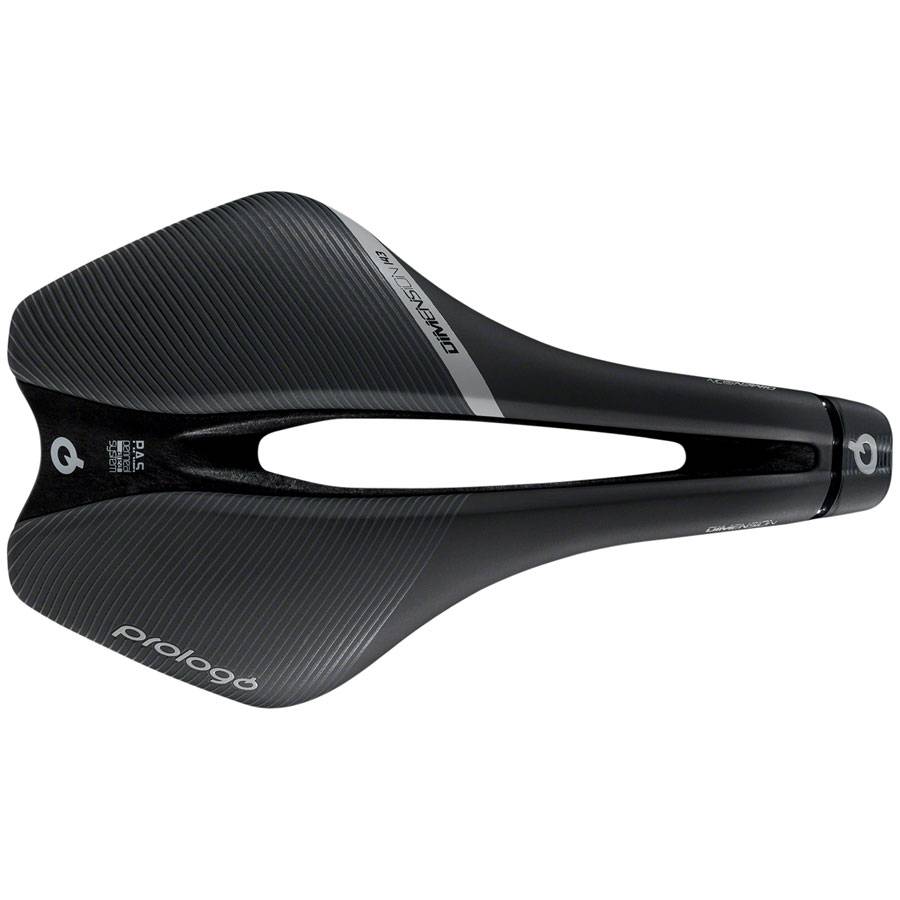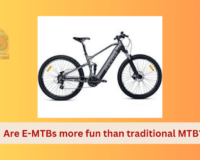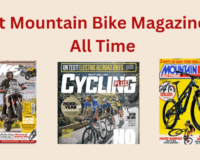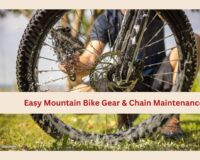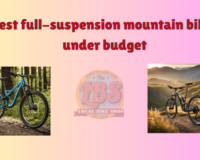Get the best mountain bike helmet under $100 for your adult & kid’s mountain bike rider!
Taking on an exhilarating mountain biking adventure is a thrilling experience that promises adrenaline, breathtaking views, and a heart-pounding journey through nature’s rugged terrain. While the thrill of conquering challenging trails is unparalleled, safety should always be a top priority for every rider. The mountain bike helmet is an essential piece of gear that stands as a stalwart guardian between you and unforeseen obstacles.
In this comprehensive guide, we explore mountain bike helmets and their vital role in ensuring rider safety while highlighting a few standout products that seamlessly combine protection and style. Among the exceptional helmets that have caught our attention are the ProTec Classic Certified Helmet in Matte Black and the Kali Protectives Chakra Youth Helmet.
8 Best Mountain Bike Helmets for the Mountain Bike Riders
The ProTec Classic Certified Helmet in Matte Black epitomizes timeless style and certified protection. Boasting a classic silhouette, this helmet is constructed with high-quality materials that meet stringent safety standards, giving riders peace of mind as they conquer challenging trails. The matte black finish adds a touch of sophistication, making it a must-have for riders who prioritize safety and style. Here we explore the best MTB helmet full face for beginners and experienced riders.
ProTec Classic Certified Helmet Matte Black, Large — Best Mountain Bike Helmet under $100
The ProTec Classic in matte black combines the timeless design of the classic helmet with modern safety standards. The large size ensures a snug fit for riders with a larger head circumference, offering streamlined protection that doesn’t compromise on style. Ideal for riders who prioritize both safety and aesthetics. The ProTec Classic Certified Helmet ensures optimal protection and comfort for riders, providing a secure and comfortable trail experience.
Specifications:
Gender/Age: Adult
Maximum Head Circumference: 60
Minimum Head Circumference: 58
Helmet Style: BMX
Weight: 400
You can buy ProTec Classic in Matte Black here for just $ 49.99
ProTec Classic Certified Helmet Matte Black, Small
What is the best brand of MTB helmet? This is the smaller counterpart to the ProTec Classic in matte black. Designed to cater to riders with a smaller head size, it offers the same blend of classic design and modern safety features, ensuring riders remain protected while looking sharp. The Classic certified helmet provides a high level of comfort and protection.
Specifications:
Gender/Age: Adult
Maximum Head Circumference: 56
Minimum Head Circumference: 54
Helmet Style: BMX
Weight: 400
ProTec Classic Certified Helmet Matte Black, Small for $49.99
ProTec Full Cut Certified Helmet Matte Black, Large
What helmet should I wear for mountain biking?
Offering extended protection, the ProTec Full Cut helmet in matte black covers more of the head, providing added safety, especially around the back. Its large size ensures a comfortable fit for those with a larger head size, and its design stands out in terms of safety.
The Full Cut helmet combines retro design with advanced safety features, featuring classic ear protection styling, a durable HDPE or ABS shell with EPS lining, and compression molded pads. Its premium two-stage liner, stainless steel hardware, and soft tubular webbing ensure optimal comfort and protection. With multi-impact capability and certifications including CPSC, CE, ASTM, and AS/NZS 2063:2008, this helmet is a stylish choice for riders prioritizing safety without sacrificing the timeless appeal of a retro look.
Specifications:
Gender/Age: Adult
Maximum Head Circumference: 60
Minimum Head Circumference: 58
Helmet Style: BMX
Weight: 400
ProTec Old School Certified Helmet Matte Red, Small
A nod to vintage designs, the ProTec Old School in matte red boasts a vibrant color and a design reminiscent of earlier biking days. The small size fits those with a smaller head circumference, ensuring a snug fit. Perfect for those looking to combine nostalgia with modern-day protection.
Derived from the iconic 1973 Full-Tec, the Old School Cert has undergone modifications to present riders with a retro-shaped helmet that sits low on the head, ensuring exceptional impact protection. Its rounded design effortlessly conforms to various head shapes, complemented by a high-impact ABS shell and a premium heat-sealed EPS liner for a comfortable and secure fit. The helmet’s 11 open vents enhance airflow, keeping riders cool during their adventures.
Specifications:
Gender/Age: Adult
Maximum Head Circumference: 56
Minimum Head Circumference: 54
Helmet Style: BMX
Weight: 400
Price: $49.99
ProTec Full Cut Certified Helmet Gloss White, Small
The ProTec Full Cut in a glossy white finish offers comprehensive head protection for smaller heads. The bright white finish is not only stylish but also enhances visibility on the trail. So, which is the highest quality helmet?
The Full Cut helmet showcases a timeless retro design enhanced with state-of-the-art features. Boasting classic ear protection styling, its robust HDPE or ABS shell is lined with EPS and incorporates compression molded pads for optimal impact resistance.
The helmet ensures superior comfort with a two-stage premium liner, while stainless steel hardware adds durability to its construction. Additionally, soft tubular webbing enhances the overall wear experience, making the Full Cut helmet a stylish and secure choice for riders who prioritize both aesthetics and safety on their adventures.
Specifications:
Gender/Age: Adult
Maximum Head Circumference: 56
Minimum Head Circumference: 54
Helmet Style: BMX
Weight: 400
Price: $59.99
ProTec Old School Certified Helmet Matte Metallic Blue, Large
A nostalgic nod with a modern twist, this Old School helmet in a matte metallic blue finish caters to riders with a larger head size. The unique color combined with the signature Old School design makes for a standout choice.
The original 1973 Full-Tec, the Old School Cert has been modified to boast a retro shape that sits low on the head, ensuring excellent impact protection. Its rounded design seamlessly molds to accommodate various head shapes, while the high-impact ABS shell provides robust durability.
The premium heat-sealed EPS liner guarantees a comfortable fit, and the presence of 11 open vents enhances airflow to keep riders cool. Equipped with compression molded pads, the Old School Cert stands as a stylish and protective choice for those seeking a blend of vintage aesthetics and modern safety features.
Specifications:
Gender/Age: Adult
Maximum Head Circumference: 60
Minimum Head Circumference: 58
Helmet Style: BMX
Weight: 350
Price: $49.99
Kali Protectives Chakra Mono Helmet – Brick, Small/Medium
The Chakra Mono Helmet in Brick color protects with a modern aesthetic. Its small/medium size is ideal for those needing a more tailored fit. Evolving from Kali’s popular Chakra line, the Chakra Mono takes helmet technology to the next level. Utilizing Composite Fusion technology, it incorporates a lower polycarbonate wrap and an integrated bug liner, enhancing stability during rapid turns.
The helmet boasts anti-microbial pads for added hygiene, while the polycarbonate shell paired with EPS foam ensures top-notch impact protection. The convenient Dial-Fit closure allows for a customizable and secure fit. With 21 vents strategically positioned, the Chakra Mono maximizes airflow, keeping riders cool and comfortable. Its sleek design, featuring simple graphics and a gloss finish, adds a touch of style to the safety and performance that riders have come to expect from the Chakra series.
Specifications:
Gender/Age: Adult
Maximum Head Circumference: 57
Minimum Head Circumference: 52
Helmet Style: Recreation
Weight: 292
Price: $40
Kali Protectives Chakra Child Helmet – Monsters Blue, Children’s, X-Small
Designed for the youngest riders between 18 months to 3 years, this X-Small Monsters Blue helmet promises safety while adding a touch of fun to their rides.
The Chakra Child, powered by Kali’s Composite Fusion technology and in-mold construction, offers enhanced safety and protection with extended rear coverage. Designed to inspire confidence, it features a molded-in visor and a convenient dial closure system, encouraging young riders to embark on exciting biking adventures.
The helmet’s washable, anti-microbial, and moisture-wicking pads ensure hygiene and comfort. Constructed with a polycarbonate shell and EPS foam, it provides robust impact resistance.
With 21 strategically placed vents, the Chakra Child ensures maximum airflow, while the X-Small variant introduces an elastic band-fit system, specially designed for the safety and ease of tiny heads. Suitable for children aged 1 year and older, this helmet is a perfect blend of style, safety, and comfort for the youngest riders.
Specifications:
Gender/Age: Adult
Maximum Head Circumference: 50
Minimum Head Circumference: 44
Helmet Style: Recreation
Weight: 208
Price: $40
The Importance of Proper Fit: How to Measure Your Head Size and Find the Right Helmet
Mountain biking is exhilarating, but without the right protective gear, it can be risky. Ensuring a correct helmet fit is paramount. Here’s how:
Measuring Your Head Circumference
Materials Needed: Flexible measuring tape (or a piece of string you can measure afterward)
Procedure:
- Stand in front of a mirror.
- Wrap the tape around your head, ensuring it’s about an inch above your eyebrows and settles at the point on your head that achieves the largest circumference.
- Note down the measurement.
MTN Bike Helmet Sizing Guide
- X-Small: 51-53 cm
- Small: 53-56 cm
- Medium: 56-59 cm
- Large: 59-62 cm
- X-Large: 62-65 cm
(N.B: These are standard sizes; always refer to the manufacturer’s sizing chart.)
Fitting a Mountain Bike Helmet Correctly
- Positioning: The helmet should sit level on your head, not tilted back or forward.
- Side Straps: Should form a V-shape under, and slightly in front of, the ears.
- Buckle: Under the chin without being too tight. You should be able to breathe and talk comfortably.
- Final Test: No more than two fingers should fit between your eyebrows and the helmet.
Tips for Maintaining and Extending the Lifespan of Your Mountain Bike Helmet
A helmet’s life can be extended with proper care. Here are some essential tips:
Cleaning Your MTB Helmet: Use mild soap and water. Avoid abrasive materials. Whereas, remove the inner lining if possible and hand wash using a mild detergent for the interior.
Storage: Store your helmet in a cool, dry place away from direct sunlight.
Avoid Unnecessary Wear: Don’t toss your helmet around carelessly. Small cracks can compromise its safety.
Replace Worn-Out Parts: Straps and buckles wear out. Replace them periodically.
Regular Inspection: Check for dents, cracks, or any signs of wear. If the helmet has been through an accident, replace it immediately.
Your safety is paramount when mountain biking. Always ensure you’re getting the correct fit and taking good care of your helmet. And while everyone loves a good deal, safety standards should never be compromised for a lower price. Safe riding!

